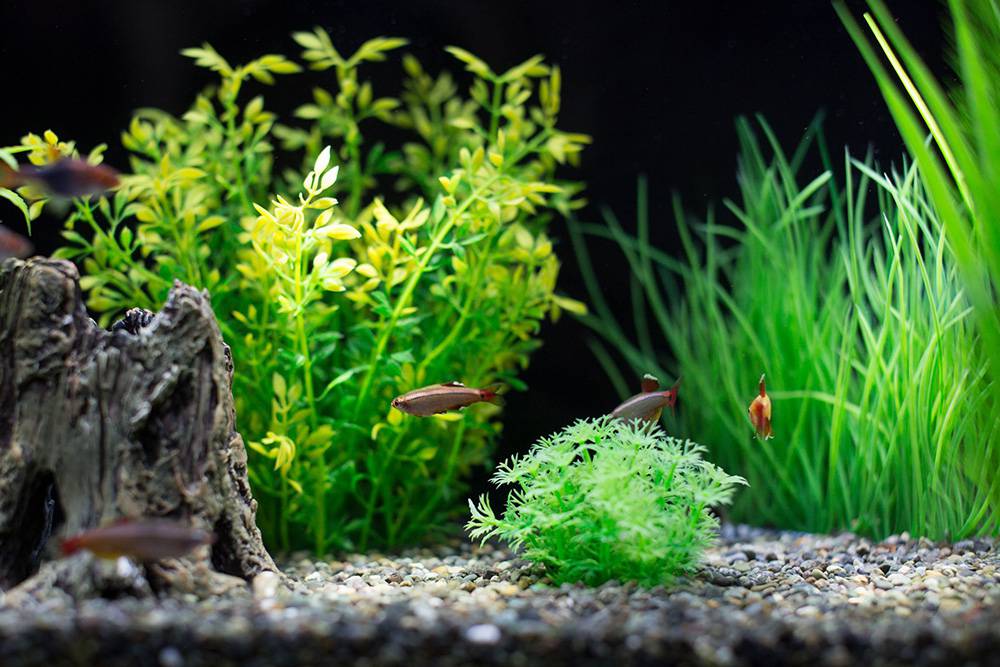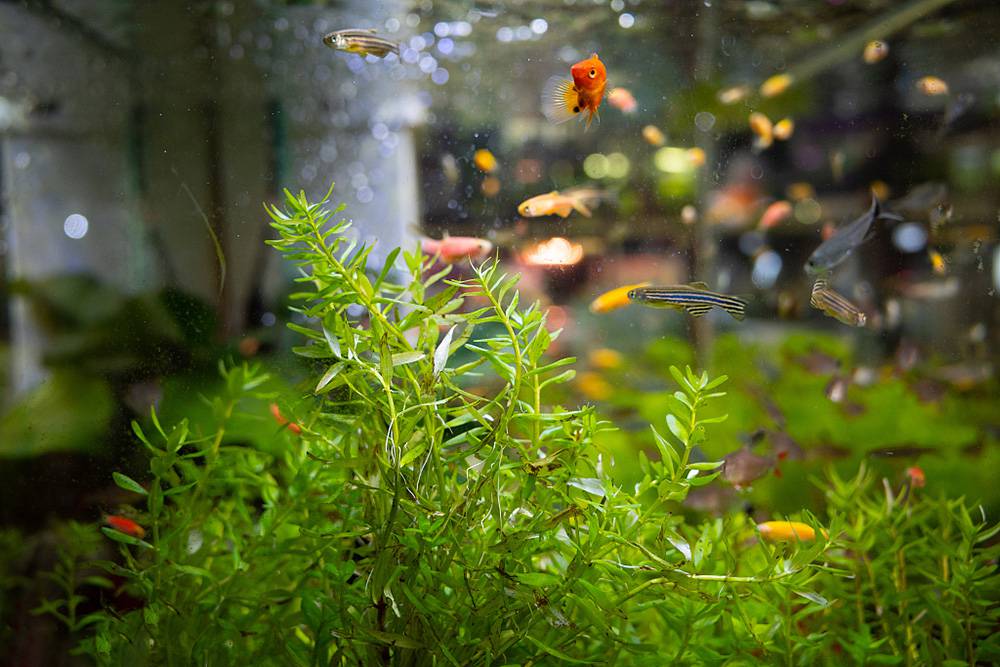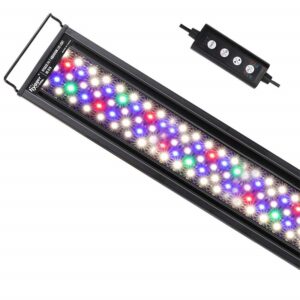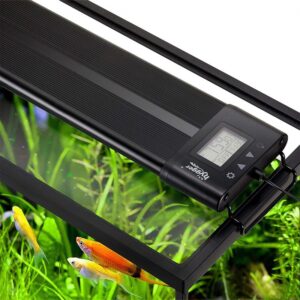There are several different types of plants that you can use in your aquarium. For background plantings, you can choose from a variety of roots and plants. When choosing these plants, you will need to make sure the roots are firmly planted in the gravel.
Content Table
What Is the Role of Light for Aquarium Plants?
Plants’ growth uses light energy for photosynthesis – through this important process, the plant body makes the energy (food) necessary for its life activities. If there is not enough light energy, photosynthesis cannot be carried out properly, and the plant body itself will be damaged. Only under adequate light and good environmental conditions, plants can ensure photosynthesis at the shortest rate and maintain their healthy growth. Especially for aquatic plants that are growing in the aquarium.
Selection of Aquarium Lights for Aquarium Plants
Therefore, friends who like to breed aquatic plants know that they can not leave the light, in the selection of aquarium light needs to consider the impact of color temperature, most aquatic plants need a color temperature is about 6500K suitable, and green plants can be controlled within 7000K, while 7000-10000K is suitable for use in aquariums that prefer strong light.
Mosses are a great choice for a freshwater aquarium because they are easy to grow. You can trim them if you want to change the shape. You may need to remove them from the tank and replant them in a new location. If you aren’t satisfied with the shape of the rooted plant, you can propagate it by tying the stems to the mesh and putting them back into the substrate.
Mosses need a lot of light. While they are tolerant of a wide range of temperatures, they do not tolerate low humidity. For long-term growth, the substrate should never be completely dry. To achieve this, one must frequently and provide plenty of lighting. In a typical terrarium, the recommended amount of light is approximately three to five hours per day. When using fluorescent lighting, use multiple units to cover the entire vivarium.

Mosses can grow without much light. Generally, they need two hours of direct sunlight per day. The early morning sun is ideal. If this is not possible, move the terrarium to an area with bright light. However, you should avoid placing the terrarium in direct sunlight, as direct sunlight can dry out mosses. Indirect sunlight can also be harmful to mosses, so it is best to monitor the light intensity in your terrarium.
Some types of mosses can tolerate less-than-ideal lighting. Full sunlight is not good for most mosses. Too much light can damage them. They need to be in a bright, well-ventilated location to photosynthesize nutrients. Some species can survive in low-light conditions. Regardless of where you place your terrarium, make sure to provide adequate air circulation.
Foreground plants are great for the background. Fanwort (cabomba) is a good choice because of its long and slim leaves. The texture of the leaves will vary depending on the light that they receive. In a shaded aquarium, they may look much different than in a direct light tank.
The plant can also look dead if you remove its dead leaves. If this happens, just use a fine net to remove them and let them regrow. The roots of these fish plants will quickly return to full health once the plant has developed a new root framework.
The sun emits the right spectrum of light for plants to grow. This is the most sensitive spectrum for photosynthesis. It consists of the red and deep red ranges of light. It is also helpful for new root development, as the photosystems in these plants work in synergy to produce more oxygen.
The “Emerson Effect” occurs when two different photosystems respond to far-red wavelengths of light together. This joint response leads to more effective photosynthetic activity. This research may be useful in further studies for the optimal deployment of far-red in various types of crops.
The spectrum of light is measured in nanometers. Humans can only detect the visible spectrum. But plants can detect all the colors of the light, including red. Each light wavelength affects plant growth differently. For example, the chlorophyll in a plant absorbs light energy in the blue and red spectrums. But the peak of the PAR range is blue. This is beneficial to the plant, as it can help it develop a new root.

The Right Spectrum for a Plant Depends on Its Needs
It tells the plant what to do throughout the seasons. If you’re growing indoors, you need to replicate the sun’s light, so your LED grow lights mimic the sunlight. You should start by giving seedlings 24-hour light at a low intensity. Make sure to stick to a 15% red and 30% blue and white spectrum for the first few weeks. Once the seedlings have two sets of true leaves, double the intensity.
The light in the aquarium will promote the growth of plants and fish in the water, but if the light is not used properly, it will lead to the death of plants.
Therefore, you should use the light in the aquarium reasonably and regularly, so that when you turn on the light, you can strongly feel the visual charm of the fish, and heartily exclaim “It’s really beautiful!”


Leave a comment